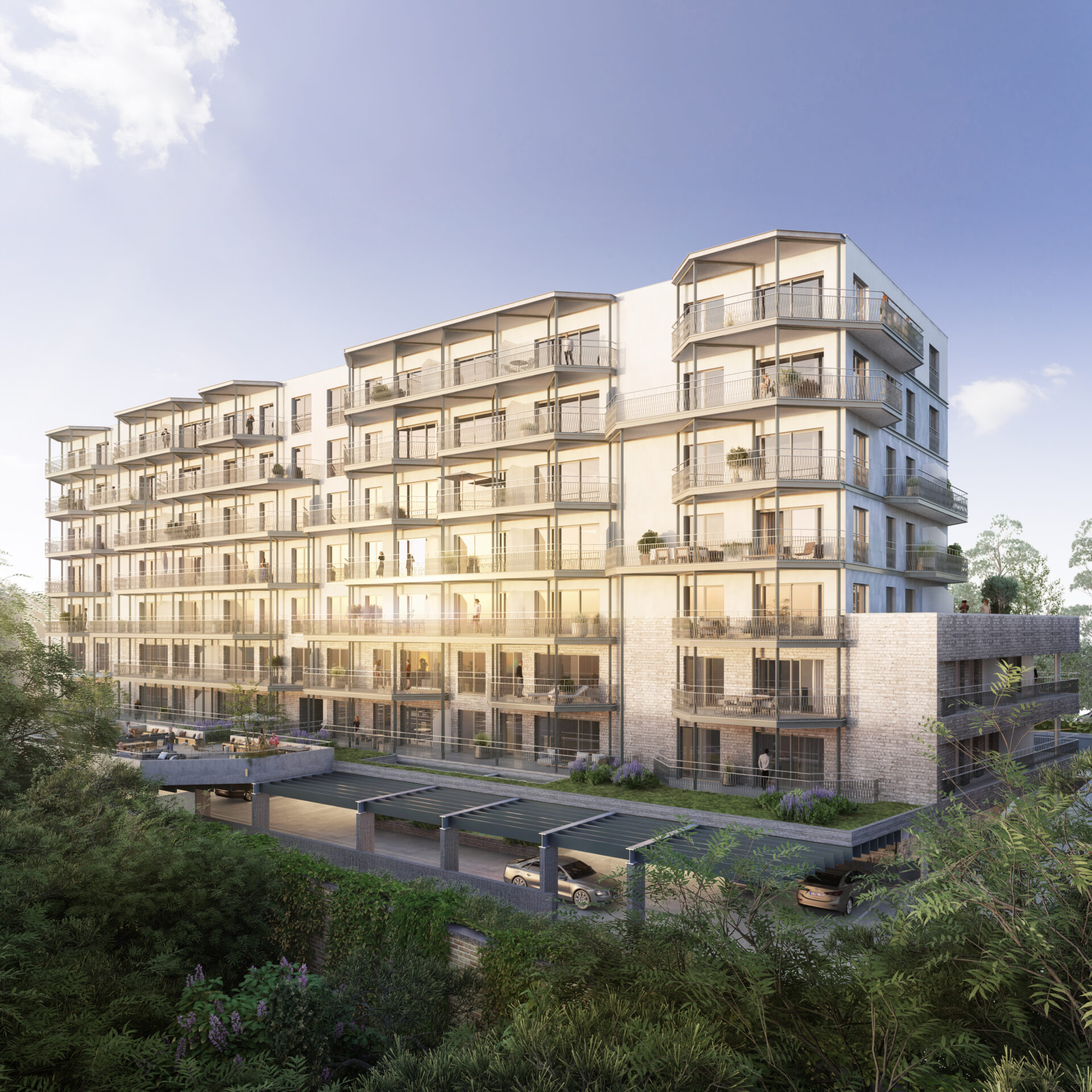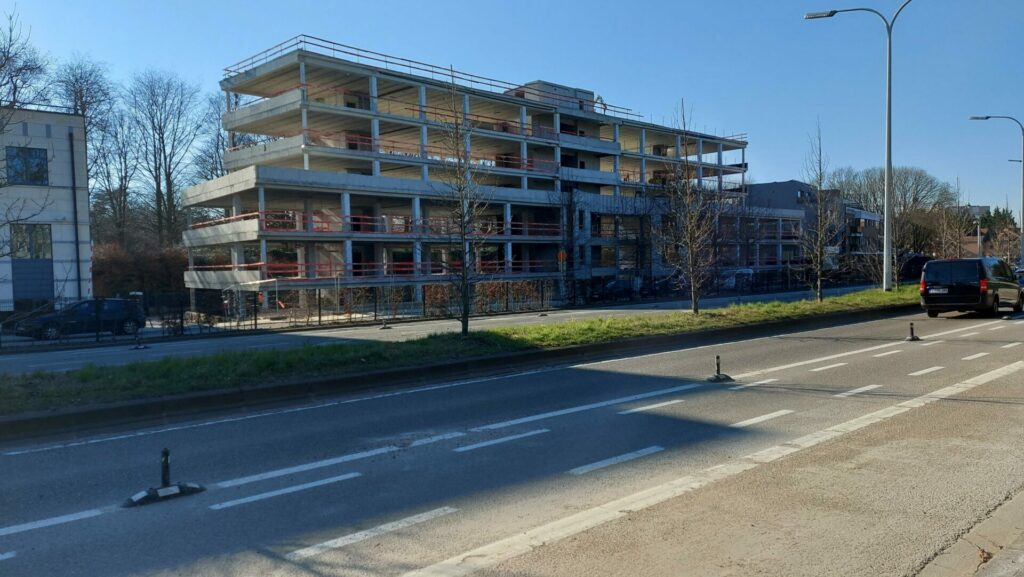A disused office building in Brussels has been given a new lease of life as an apartment building in a construction project deemed anything but ordinary.
The transformation is taking place using circular building, a method that ensures as much of the existing structure and materials are repurposed and reused, rather than being demolished or thrown away.
“When it comes to circular building, we have not done a project on this scale before, and I don't think many others have in Belgium, either. That makes it really interesting,” Thomas Bijnens of Democo Group told The Brussels Times.
Democo is helping to manage the circular project, which involves a meticulous dismantling of 9,000 square metres of former office space.
Waste not, want not
“The main challenge was that it used to be an office building, as with many such buildings in Brussels, it was not being used for quite some time,” said Bijnens.
“So together with the architects we came up with a plan. The apartments will get an extra floor but structurally all the elements of the office building that were already there remain, including the parking.”

Concept art depicting the eco apartments. Image from Ciril.
Engineers are carefully recovering thousands of square metres of ceiling tiles, wall insulation, flooring and carpet tiles, along with dozens of light fittings, for reuse in new building projects or in this one.
Several tonnes of wood, glass, plaster, metals, cabling and stone rubble will also be carefully sorted to make new building materials.
“This is one of our biggest circular projects ever,” property developer Ciril says. “The dismantled building itself will soon be transformed into an eco-friendly residential complex for 80 families, called ‘Le Jules’.”
The building will be equipped with solar panels, an economical heat pump and rainwater recovery equipment.
The future of green construction
Circular building is particularly helpful now, as the price of construction materials has skyrocketed due to shortages and the pandemic’s disruption of supply chains.
“In the current context, it helps – building materials have spiked enormously. And it’s not only the costs, but the supply times for delivery of items – like steel columns, for example – is enormous at the moment. That's not good for contractors with tight timelines for completing construction,” Bijnens said.
“Circular building is the way forward. We’ll see this more and more, if we want to lower consumption of natural resources, reduce C02 emissions, and so on. By showing a little creativity, you can make things deemed to be not useful into something new and certainly useful.”
Related News
- Poverty, jobs and green energy: Wallonia to boost recovery with €2.5 billion plan
- Large-scale renovation of Cinquantenaire Park for Belgium's 200th birthday
There were some challenges with designing and creating Le Jules, which will see its first occupants move in around 2025. One of these is that the insulation standards have changed since the building was first erected, and engineers had to double the amount for it to be at the required level for a present-day apartment building.
“It takes a lot of energy up front to do something like this – it’s not as easy as just getting a plot of land and building something on it, but nevertheless, the rewards are there,” said Bijnens.
“We’ve had some practice with projects of a smaller scale. This time, we’re bringing it all together.”

